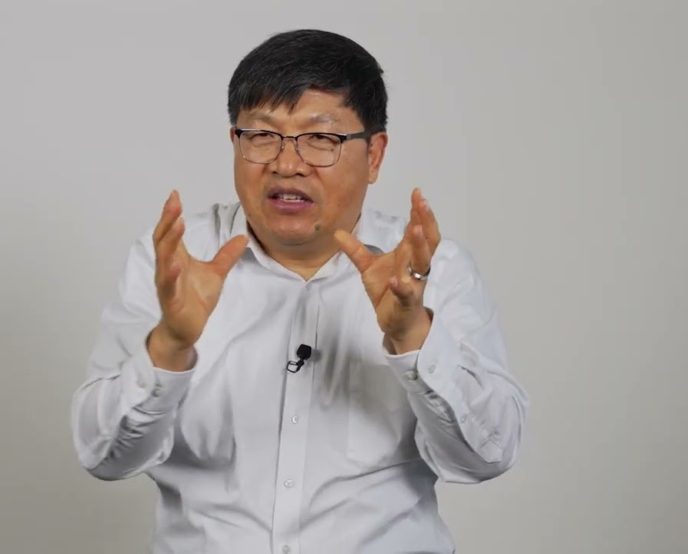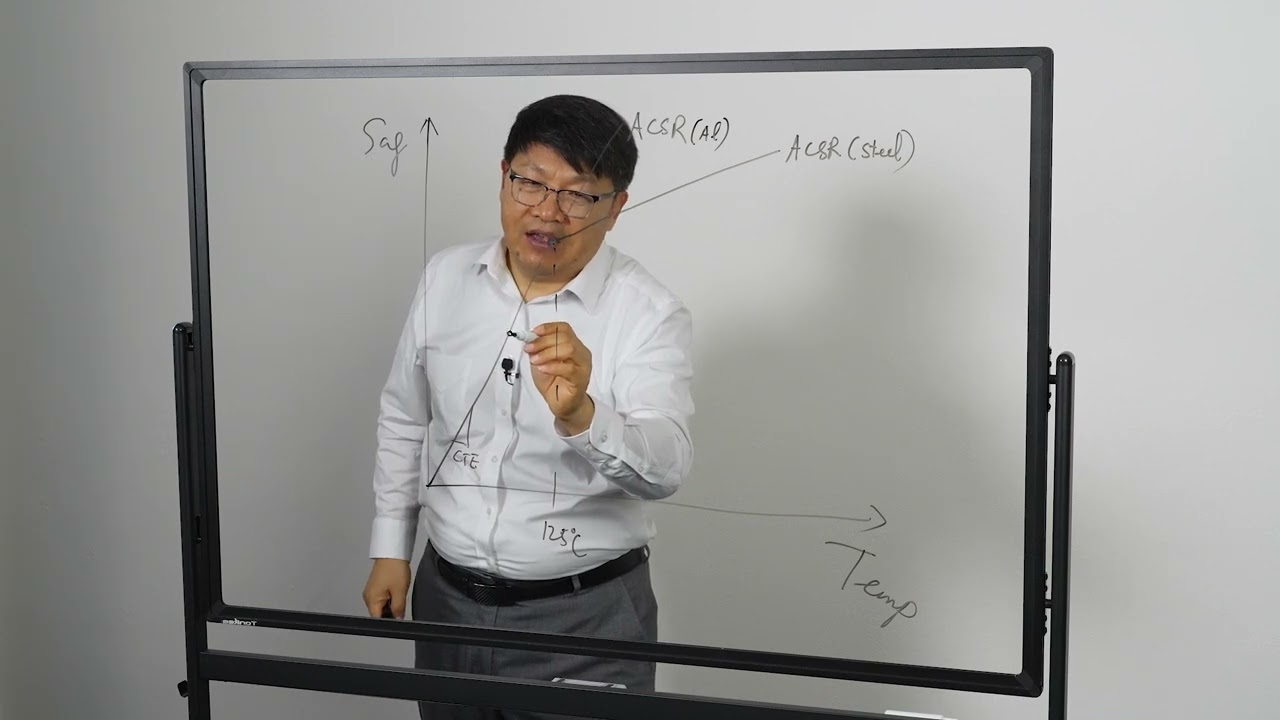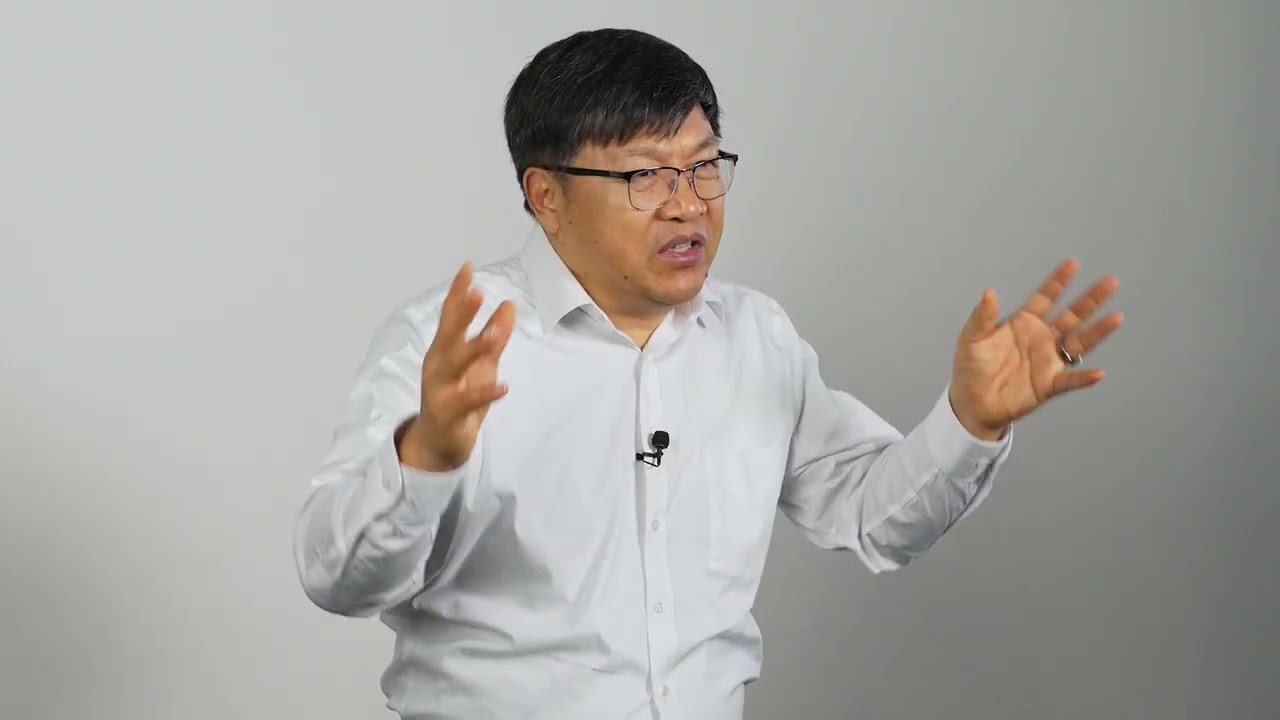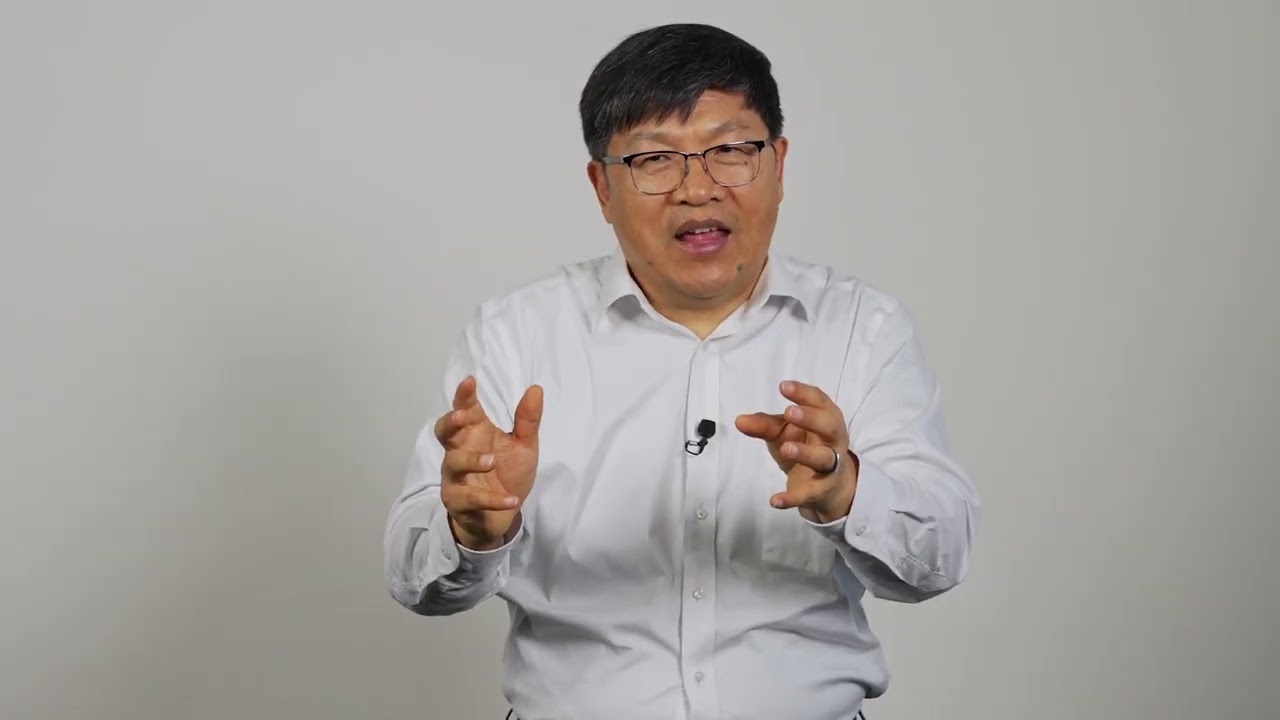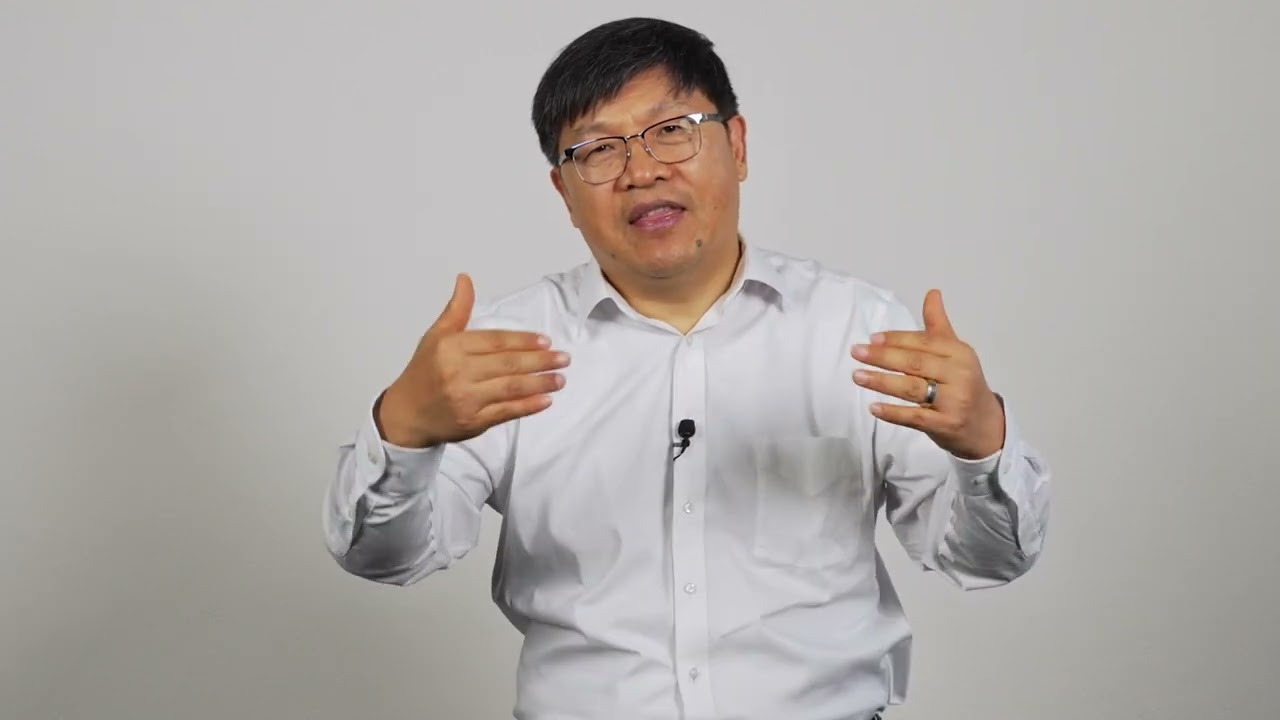Conductor galloping presents unique challenges for utilities, with solutions that often prove regionally specific. Understanding the fundamental mechanics of galloping enables better evaluation of potential control methods and informs conductor selection decisions.
Key Factors in Galloping Control
The initial formation of ice on conductors represents the critical phase for galloping potential. Conductor slack during this period largely determines galloping susceptibility – lines with greater slack show higher propensity for galloping compared to those with reduced slack. This relationship stems from the basic mechanics of conductor motion, where available slack directly influences the system’s ability to enter and maintain galloping oscillations.
Ice accumulation patterns play a crucial role in the development of galloping conditions. When wind encounters an iced conductor, it creates asymmetric loading due to airfoil formation on the leeward side. The strength of this ice attachment to the conductor surface significantly impacts galloping behavior. Strong adhesion between the ice layer and conductor surface enables more effective airfoil development, increasing galloping susceptibility.
AECC Design Advantages
TS Conductor’s AECC technology addresses galloping through multiple engineered features:
- Torsional Stiffness: The encapsulated composite core provides enhanced rotational rigidity compared to traditional designs. This increased torsional stiffness restricts conductor rotation, making it more difficult for ice to form uniform layers needed for effective airfoil development.
- Bending Stiffness: AECC’s higher bending stiffness serves two functions:
- Requires greater energy input to initiate galloping motion
- Increases energy dissipation during oscillation, helping dampen galloping once initiated
- Trapezoidal Wire Configuration: TS Conductor’s trapezoidal wire design creates minimal inter-strand gaps, reducing ice adhesion points and making it more difficult for ice to establish strong mechanical bonds with the conductor surface.
- Initial Sag: The AECC technology exhibits low initial sag (when ice first starts to accumulate) compared to other conductor designs, and less slack during critical ice formation directly limits the system’s ability to enter and sustain galloping.
Common Misconceptions
Industry perceptions sometimes associate trapezoidal wire with increased galloping risk, based on experience with ACSS conductors. However, this correlation stems from ACSS’s inherent high thermal sag rather than the wire geometry itself. TS Conductor maintains low sag characteristics while utilizing trapezoidal wire design, effectively managing galloping risk through reduced system slack.
The combination of reduced thermal sag, enhanced mechanical stiffness, and optimized surface geometry makes TS Conductor inherently resistant to galloping conditions. This engineered approach addresses the fundamental mechanics of galloping initiation and maintenance, providing utilities with improved reliability during icing conditions.
